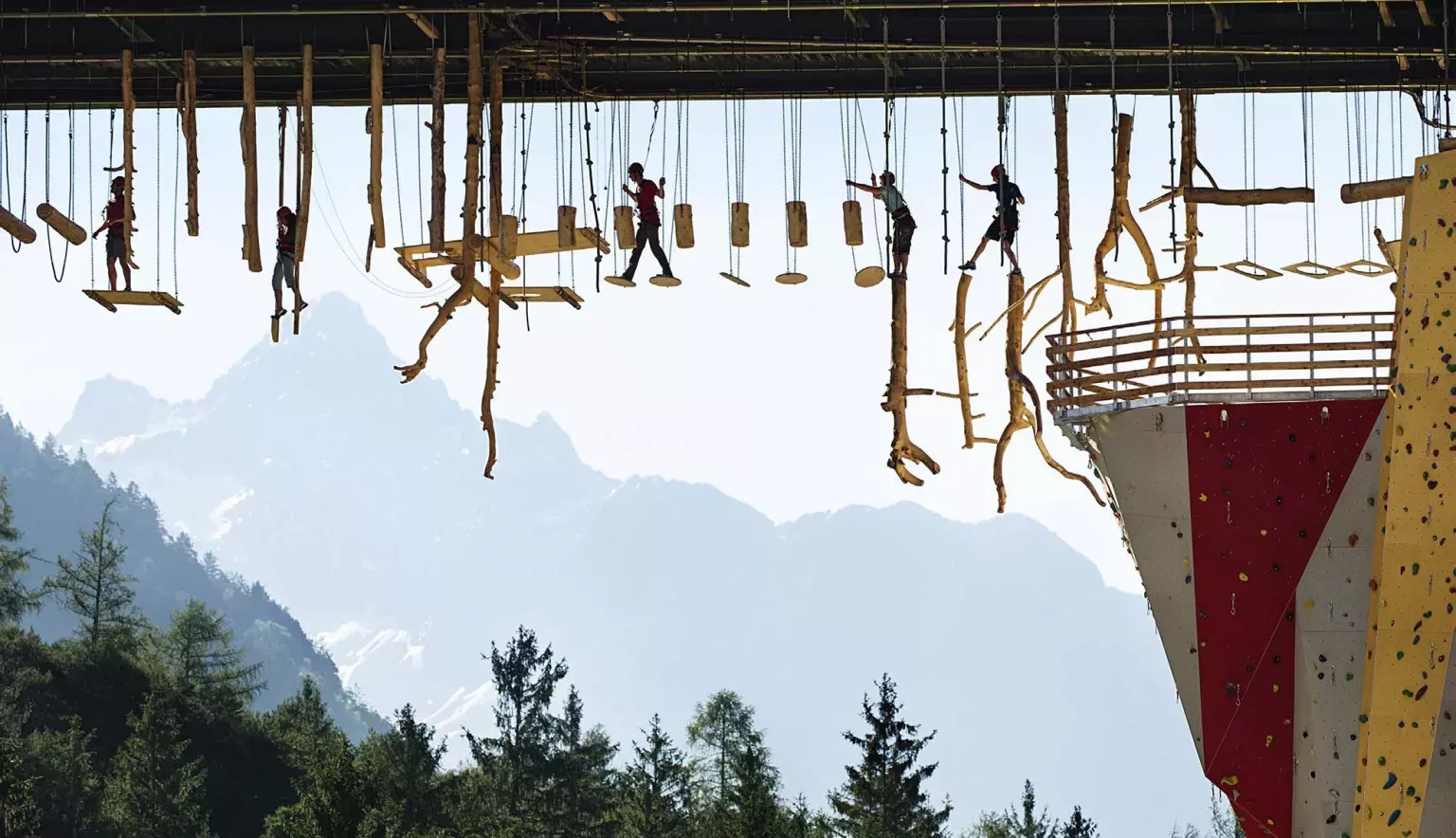You’ll find Alpine living at its finest in the Tirol region, where chocolate box towns are surrounded by meadows, forests and snow-capped mountains.
TIROL
It’s hard to imagine a region more picturesque than the Tirol, an Austrian state renowned for its mountains (the province of South Tirol extends across the border into Northern Italy). In the winter you’ll find snow-dusted forests and some of the world’s best ski slopes. Come summer, the pretty Alpine villages are surrounded by wildflower meadows and glassy lakes.
The region attracts those looking for fresh air, a relaxing atmosphere and plenty of sporting activities. It’s an epicentre for snow sports in the winter, and during the quieter summer season is visited by those who enjoy hiking and biking its hundreds of miles of trails. It’s also an epicentre for adrenaline sports. Area 47, the largest outdoor adventure playground in Europe, offers opportunities for white water rafting, bungee jumping and much more. is one of Austria’s most popular ski resorts – it’s a traditional village of onion-domed churches and wooden chalets, surrounded by well-known mountains such as Hahnenkamm.
After a day on the slopes, you’ll appreciate the region’s hearty cuisine, which includes dishes such as gröstl– fried onion, pork and potato – and knödeln (dumplings) stuffed with different fillings, like cheese and ham. And of course, no Tirolean meal is complete without a glass of schnapps.
Tirol offers plenty of cultural destinations such as the capital, Innsbruck, which is renowned for its opera performances and gothic architecture. There are plenty of gorgeous historic towns in the region, famed for their twisting medieval alleys and majestic fortresses – Hall is one of the most well-preserved. Meanwhile, Kufstein boasts an 800-year-old castle and a narrow street, the Römerhofgasse, lined with buildings that have facades decorated with elaborate frescoes.
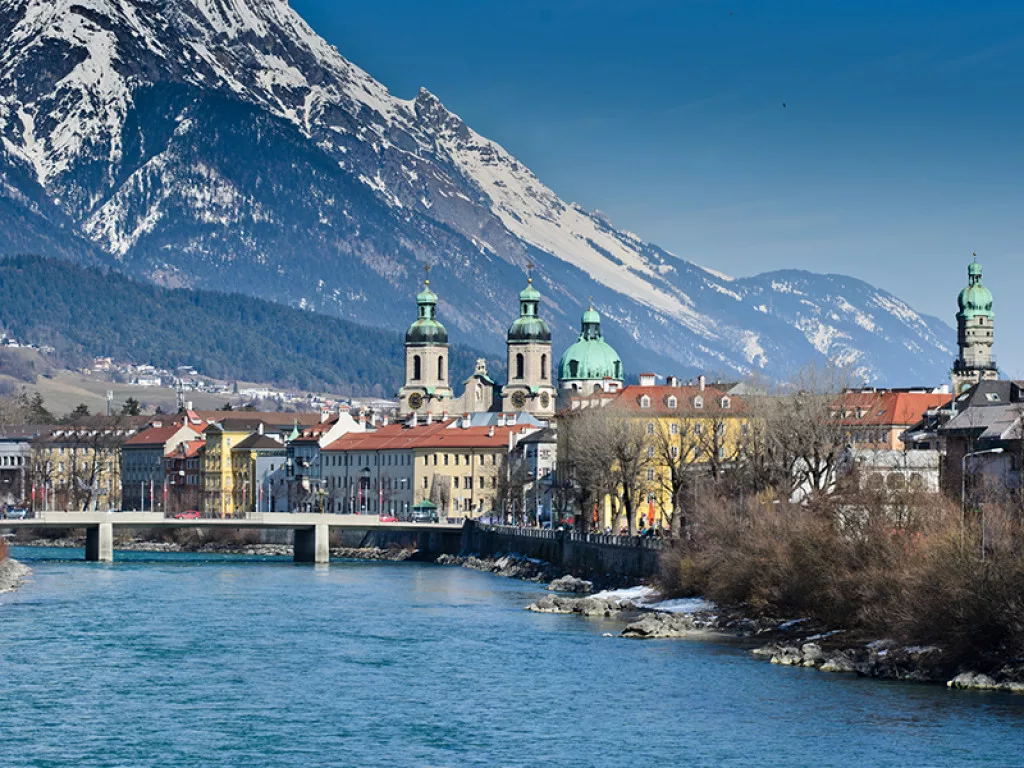
TOURISM INSIGHTS: CONVENTION BUREAU TIROL
The Convention Bureau Tirol was founded 15 years ago, an initiative of the National Tourism Board Tirol. Since inception, it has doubled its numbers of partners, and has helped establish a MICE industry in this beautiful alpine region.
We sat down with Veronika Handl, Head of Convention Bureau Tirol, to find out more about the organisation.
Q&A WITH VERONIKA HANDL, HEAD OF CONVENTION BUREAU TIROL
What are the organisation’s current goals?
Veronika Handl (VH): An important part of the convention bureau’s work is to guarantee the quality of its partners to clients, giving security and generating trust.
The Convention Bureau Tirol is a centre of excellence and an interface around congresses, conferences, seminars, incentives and events of all kinds that take place in Tirol. In doing so, we are building bridges between our regional, national and international customers and our more than 60 partners from the Tirolean congress and conference industry.
What are some of the country’s most unique landmarks?
VH: We in Tirol are really spoiled. From everywhere we have a stunning view of the mountains. Unlike anonymous big cities, this is truly unique.
Surveys show that conference participants – especially in these digitally intense times – are increasingly interested in incomparable places and meetings in a rural, quiet environment. This is what distinguishes Tirol in particular – it is a place of spiritual energy where you can successfully combine meetings with nature and regeneration. In Tirol, nature or the mountains are separated from the meeting room only by a pane of glass. Green grass and fresh air can be included in the conference as part of the programme – examples include a teambuilding activity in the forest, or a lunch break spent in the mountains.
From relaxing activities such as a herbal hike to experiences with a high adventure factor such as bobsledding in the Olympic ice channel, sitting on the trembling beam, climbing on the dam or a trip to Area 47, in the largest outdoor playground for adults in Europe, everything is possible.
Tirol offers unique contrasts. It’s possible to ski on the glacier in the morning and to swim in the lake in the afternoon. There are activities for all levels and preferences. Tirol embodies a certain laidback attitude and a high-altitude charm.
What are conference guests looking for?
VH: Conference participants expect information, education, entertainment, exchange and networking, all in an inspiring environment, at best garnished with beautiful experiences at the venue – in short, a personal gain for each individual. They expect to encounter places, people and experiences that that will trigger their emotions and be remembered in the long term.
How do you ensure your conventions are environmentally friendly?
VH: As a “region of short distances” we are proud of our excellent public transport, giving our clients the chance to be totally independent from transfers onsite. This preserves environment, budget, time and nerves.
For the next few years, we have set ourselves major green goals. For example, we aim to be included in the Global Destination Sustainability Index (GDS), which is considered an international benchmark for sustainable business tourism and event destinations. Moreover, we are supporting our partners in gaining “green meeting” or “green events” certifications. We ensure we inform our clients about these environmentally friendly options when they’re organising an event in Tirol.
What trends are transforming the MICE industry in the Tyrolean region and how are you utilising them?
VH: The meeting industry is changing rapidly and continuously. Some trends can be foreseen, others arise spontaneously and unexpectedly. Innovation, flexibility and creativity are essential in the development, planning and execution of successful meetings and meetings.
We support our Tirolean meeting partners in developing in terms of trainings, trend-scouting, product development and quality checks.
What makes Tirol a remarkable meeting destination?
VH: Tirol’s congress and conference landscape has multifaceted event venues. The spectrum ranges from modern congress centres in the middle of the mountains to universities, conference hotels in the countryside to extraordinary locations such as castles, mountain peaks, art galleries and other unique architectural masterpieces. This uniqueness and proximity to nature, which we can always guarantee in Tirol, is highly appreciated by our customers.
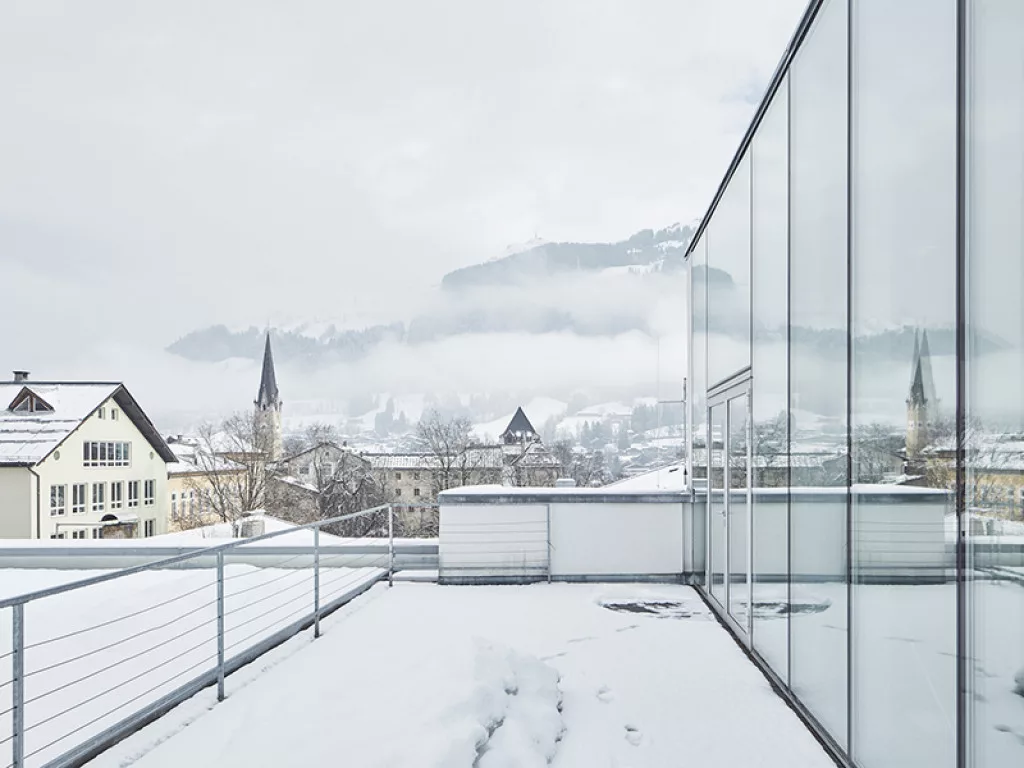
INNSBRUCK IN FOCUS
In the regional capital, Innsbruck, nature and culture sit side by side, for the city is surrounded by the jagged Nordkette Mountains. The historic centre is picture-postcard pretty, dominated by architectural marvels such as a Baroque cathedral and the Golden Roof, a gothic oriel with a gleaming roof and lavish murals. The lavish Imperial Palace, set in gorgeous landscape gardens, is also worth a visit.
Innsbruck, like Vienna, is known for its coffee house culture, with lots of historic cafés where you can stop for a caffeine hit and an apple strudel. It also has plenty of restaurants, markets and bars, thanks to a young student population, while boutique hotels provide travellers with old world luxury.
The city is also renowned for its fantastic museums. The Glockengiengiesserei Grassmayr is an intriguing bell-making museum, where you can witness the age-old practice of bells being cast. Meanwhile, the Panorama Museum includes telescopes and interactive screens that allow you to look more closely at the Innsbruck of the present and the past.
The city makes for a fantastic winter retreat, with Christmas markets and other events adding some festive cheer. It’s easy to access the nearby mountains to go skiing and snowboarding. The famous Bergisel ski jump – which has been used in several Olympic events – is a popular destination. You can eat at the panoramic restaurant even if you don’t want to brave the downhill run!
But it’s a great summer destination too, and an excellent base for fresh air activities in the surrounding mountains – there’s a programme of free hiking events held from June to September.
OUTLOOK RECOMMENDS
Eat:
For Tyrolean cuisine in a converted schoolhouse…
For Austrian fare in Innsbruck’s Old Town…
Sleep:
For a Tyrolean chalet with a Scandi twist…
For a unique urban hotel in Innsbruck…
Travel:
For seamless transfers…
Tirol’s premier transport company, Four Seasons Travel, provides comfortable and convenient transfers between airports such as Innsbruck, Salzburg and Munich to various ski resorts and other destinations in Tirol and other parts of Austria. It offers a variety of different transport classes, ranging from a seat on a transfer bus to a private, luxury limousine.
For supercar tours of Tirol and the Dolomites…
For river surfing in Innsbruck…
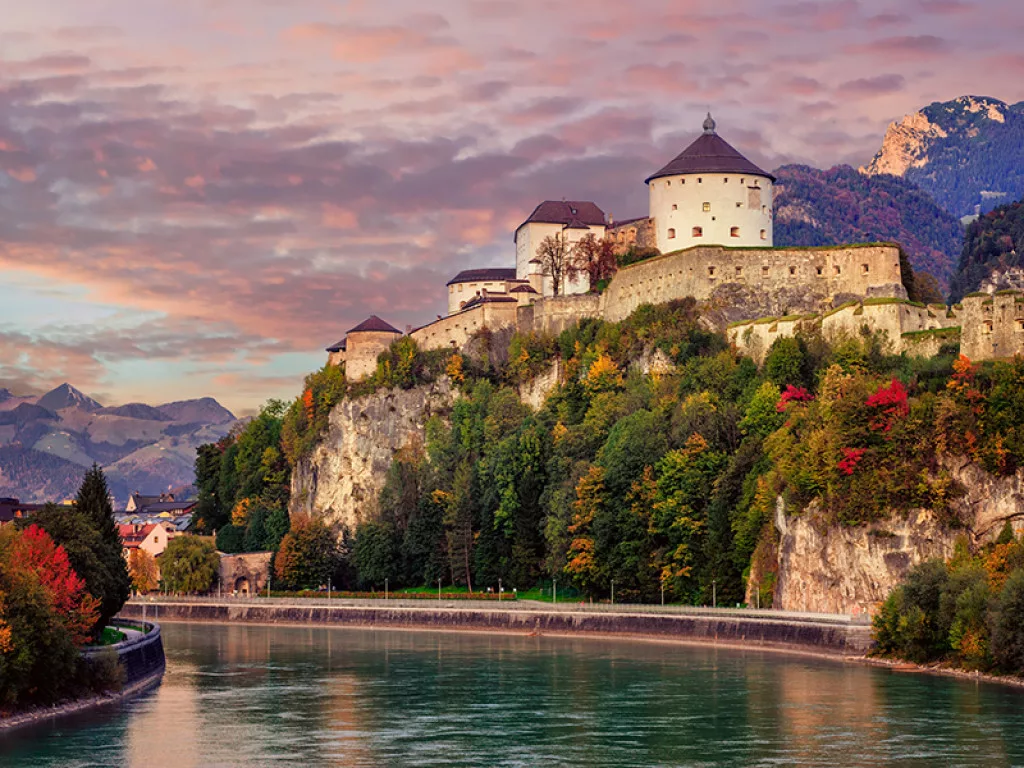
LANDMARK ATTRACTIONS
Swarovski Kristallwelten
Even if you aren’t interested in fashion, you’ll be blown away by a trip to Swarovski’s Kristallwelten (which translates as ‘crystal world’). The labyrinthine Chambers of Wonder contain a treescape of crystals designed by Alexander McQueen, while in the whimsical gardens you’ll find a carousel adorned with 15 million crystals.
Ötzi Dorf
An archaeological open-air park established on the site where Ötzi, Europe’s oldest mummy, was excavated. The museum brings his Neolithic world to life with animal enclosures, thatched huts and traditional craft displays.
Hall
This gorgeous medieval town is the best preserved in the region. Picture pastel-hued houses, winding alleyways and picturesque onion-domed churches. There’s no shortage of hiking and skiing opportunities in the surrounding mountains, and the town is located a convenient 10 kilometres from Innsbruck.
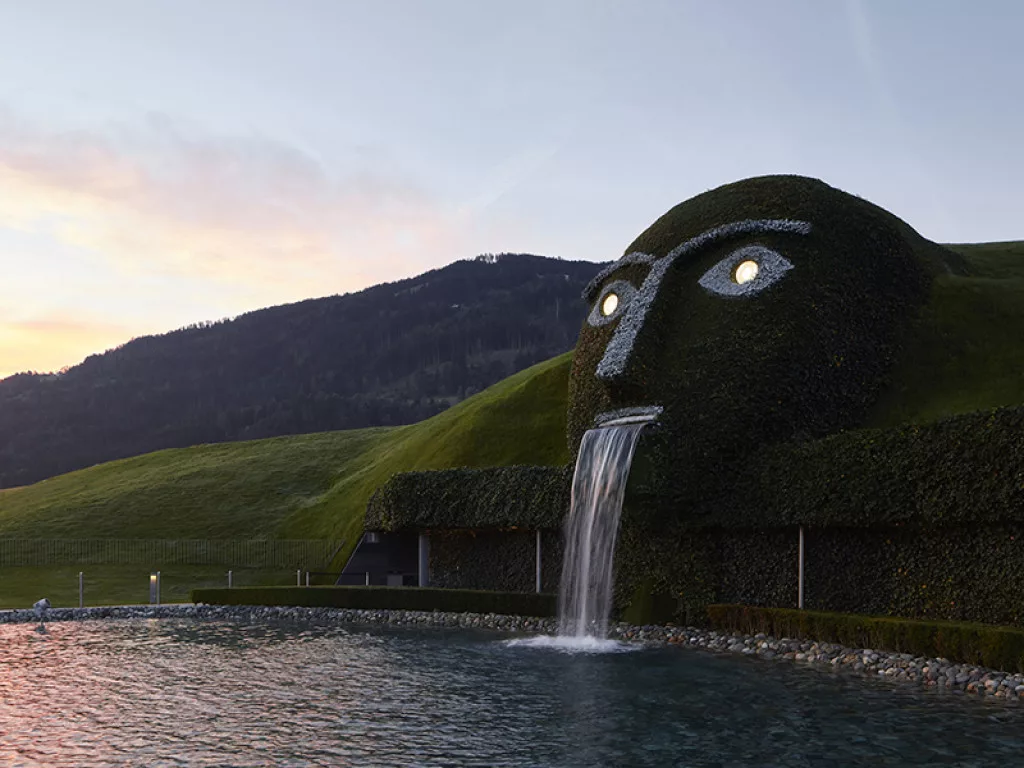
GETTING THERE AND AROUND
The Tirol region is served by Innsbruck Airport, just 2.5 miles from the city centre. It runs scheduled and charter flights to destinations across Europe (and some further afield, such as Moscow), with more flights during the winter months. Another option is to fly to Munich International Airport and hire a car to reach the Tirol; a journey which takes just over two hours.
Tirol is also well-connected by rail to other cities in Austria, Germany and Switzerland. A train journey from Salzburg to Innsbruck takes just under two hours, meaning these two spectacular Austrian destinations can be covered in a single holiday.
The public transport network within the region is excellent, covering buses, trams and railways. Tirol is divided into different transport zones; ticket prices depend on the number of zones you travel through, and daily and weekly regional passes can be purchased.


